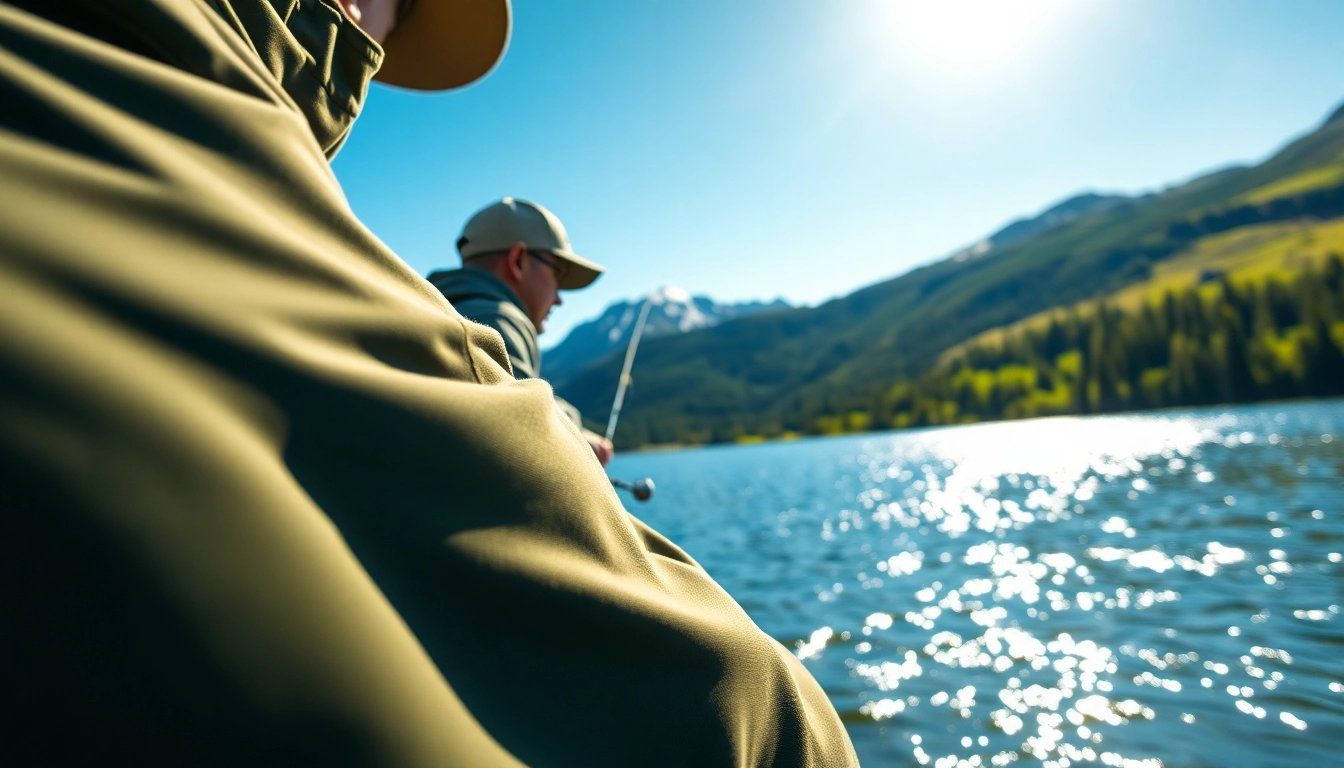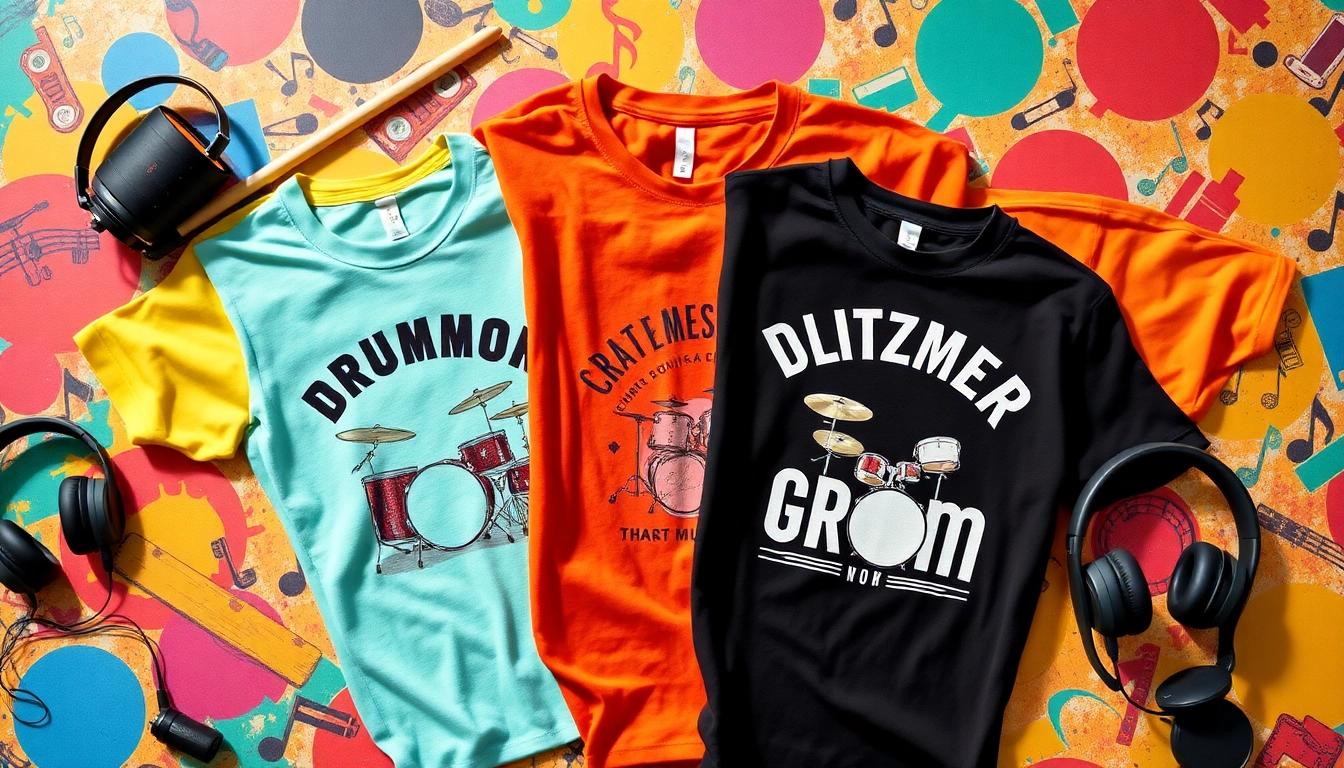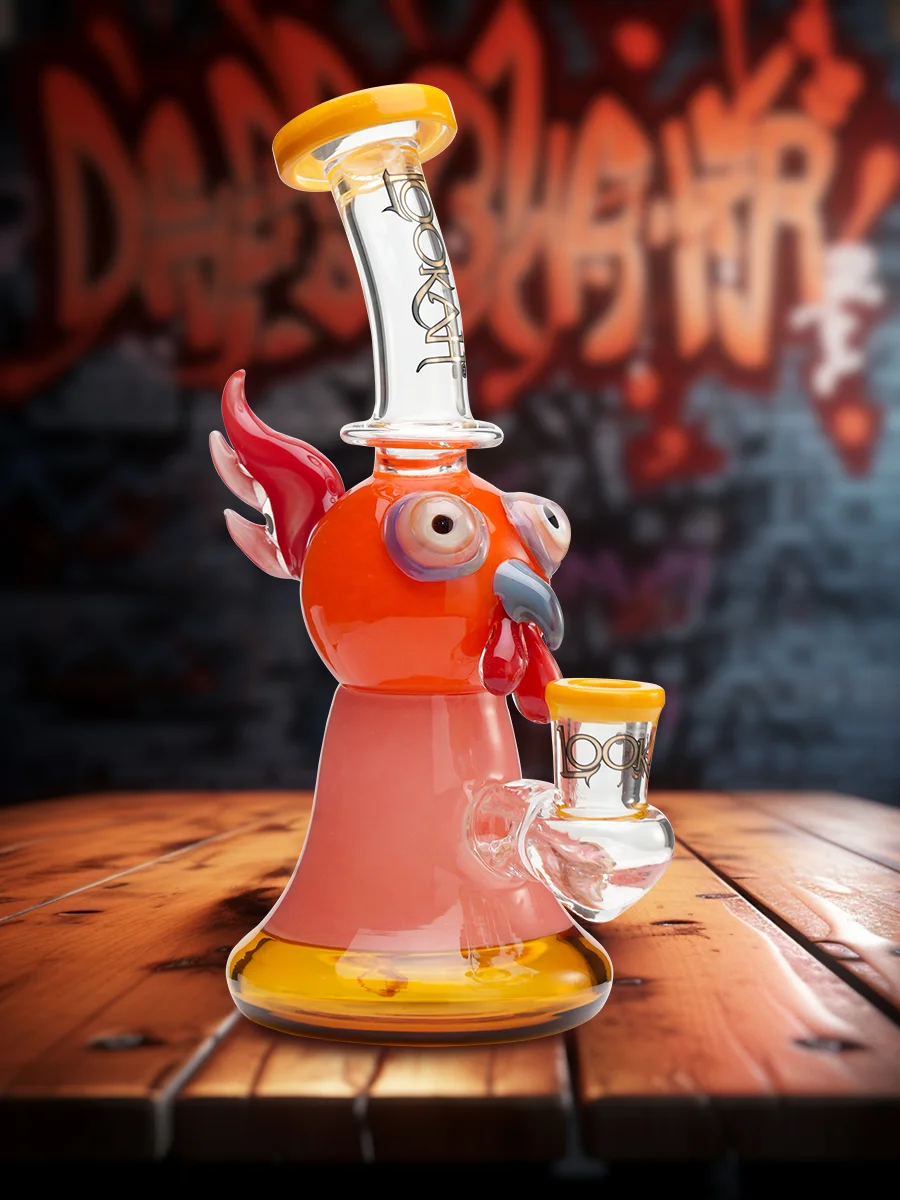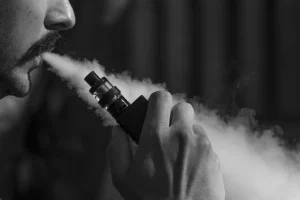Essential Guide to Choosing the Right Fly Fishing Apparel for Your Adventures
Understanding the Importance of Fly Fishing Apparel
The Role of Apparel in Fly Fishing Performance
When engaging in the pursuit of fly fishing, the right apparel can significantly impact your overall experience and success. The performance of an angler can be greatly enhanced with the correct choice of clothing, which not only provides comfort but also supports functionality in various weather conditions and environments. Selecting suitable fly fishing apparel ensures that you remain protected from the elements while also allowing ease of movement, crucial for casting and retrieving.
Key Features to Look for in Fly Fishing Apparel
Identifying the key features in fly fishing apparel is essential for optimizing your time on the water. Look for materials that are lightweight yet durable to withstand the rigors of fishing. Waterproof and breathable fabrics are also crucial to maintain comfort, preventing overheating and keeping you dry during unexpected weather changes. Additionally, consider apparel with UV protection to shield your skin from harmful sun rays, and pockets or attachments for small gear and tools for convenience.
Common Misconceptions About Fly Fishing Apparel
Many anglers harbor misconceptions regarding fly fishing apparel, often believing that any outdoor clothing will suffice. Unlike general outdoor wear, fly fishing apparel is specifically designed with unique functionality in mind. For instance, features like quick-drying properties and reinforced seams can make a significant difference in performance and comfort. Ignoring these specialized clothing options can lead to discomfort, hinder performance, and ultimately detract from the overall fishing experience.
Types of Fly Fishing Apparel to Consider
Layering Techniques for Varying Conditions
Layering is a strategic approach to dressing for fly fishing, ensuring comfort across various environmental conditions. The base layer should wick moisture away from the skin, keeping you dry and comfortable. Mid-layers provide insulation, while the outer layer should protect against wind and rain. Depending on the climate, layers can be added or removed easily, allowing for versatility and adaptability throughout the day.
Specific Apparel Recommendations for Different Environments
Different fishing environments can dictate specific apparel needs. For freshwater fishing in cooler climates, insulated jackets and fleece-lined pants can help retain warmth. Conversely, for warmer coastal environments, lightweight and breathable shirts paired with shorts facilitate comfort while also offering UV protection. Always tailor your attire to the specific challenges of the fishing environment you will be in.
Incorporating Accessories into Your Fly Fishing Outfit
Accessories play a vital role in completing your fly fishing apparel ensemble. Items such as hats, polarized sunglasses, and gloves not only provide protection from the sun and elements but can enhance visibility and grip as well. Investing in quality accessories can greatly improve your fishing efficiency and comfort during long hours on the water.
Choosing Fly Fishing Apparel Based on Material
Comparing Natural vs. Synthetic Fabrics
Choosing between natural and synthetic fabrics for fly fishing apparel presents different advantages. Natural fibers like cotton can offer comfort but often lack performance features such as moisture-wicking and quick-drying capabilities. Synthetic fabrics, such as polyester and nylon, are engineered for performance, providing better water resistance and breathability. Ultimately, the best choice will depend on your specific fishing conditions and preferences.
Water Resistance and Breathability Explained
Understanding the balance between water resistance and breathability is crucial when selecting fly fishing apparel. Highly water-resistant gear can sometimes trap moisture, leading to discomfort. Therefore, it’s advisable to look for apparel that includes breathable membranes, allowing perspiration to escape while keeping you dry from external moisture. These features provide dual functionality essential for maintaining comfort during prolonged fishing sessions.
Durability Considerations for Long-Term Use
Durability is a critical factor in fly fishing apparel, especially if you anticipate frequent use in rugged conditions. Selecting gear constructed with robust materials, reinforced seams, and abrasion-resistant finishes can enhance longevity. It’s also wise to consider the warranty or guarantees offered by manufacturers, as these can indicate the confidence in the garment’s durability.
Best Practices for Maintaining Your Fly Fishing Apparel
Cleaning and Care Tips for Longevity
To extend the life of your fly fishing apparel, proper cleaning and maintenance are crucial. Always refer to the care instructions specific to each fabric type. Generally, it’s advised to wash your apparel in cold water on a gentle cycle and avoid using fabric softeners, which can impair moisture-wicking abilities. Air drying is preferred to maintain fabric integrity and prevent shrinkage.
Storage Solutions for Fly Fishing Apparel
Storage plays a significant role in ensuring your fly fishing apparel remains in top condition. Keep apparel in a cool, dry place, and store it away from direct sunlight to prevent fading. Utilizing garment bags or bins can prevent dust accumulation and protect your clothing from pests. Additionally, ensure that items are clean and dry before storing them to eliminate the risk of mildew or odors.
When to Replace Your Fly Fishing Apparel
Knowing when to replace your fly fishing apparel can be challenging but is essential for maintaining performance. Signs of wear, such as fraying seams, pilling fabric, or reduced water resistance, indicate it’s time for an upgrade. Periodically assess your gear to ensure that it continues to meet your needs and perform adequately in the field.
Innovations in Fly Fishing Apparel
Latest Trends in Fly Fishing Apparel Technology
The fly fishing apparel industry has seen numerous technological advancements. Emerging trends include the incorporation of antimicrobial treatments to prevent odors and lightweight, packable designs that create ease of transport. These innovations reflect a growing understanding of angler needs and the importance of performance-driven clothing.
Sustainable Options for Eco-Conscious Anglers
As sustainability becomes an increasing priority, many manufacturers are producing eco-friendly fly fishing apparel. Materials such as recycled polyester and organic cotton are gaining popularity among environmentally conscious anglers. Selecting sustainable options not only contributes to the health of water ecosystems but also aligns personal values with fishing practices.
How Innovations Impact Fishing Experiences
The impact of innovations in fly fishing apparel on anglers’ experiences cannot be overstated. Enhanced technologies improve comfort, safety, and usability, allowing anglers to focus more on their fishing techniques and less on the challenges posed by inadequate apparel. These developments not only elevate the quality of fishing outings but can also encourage more people to engage in the sport.








Post Comment